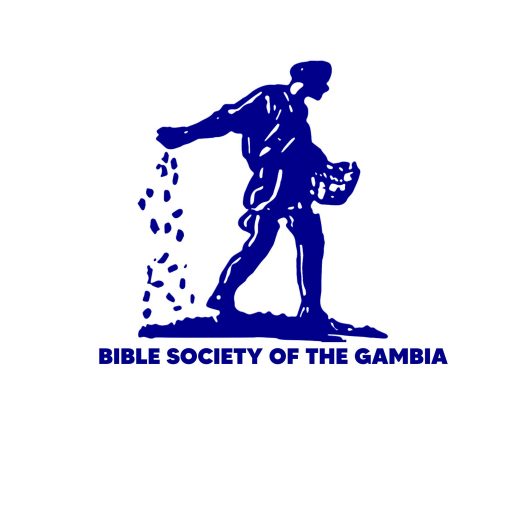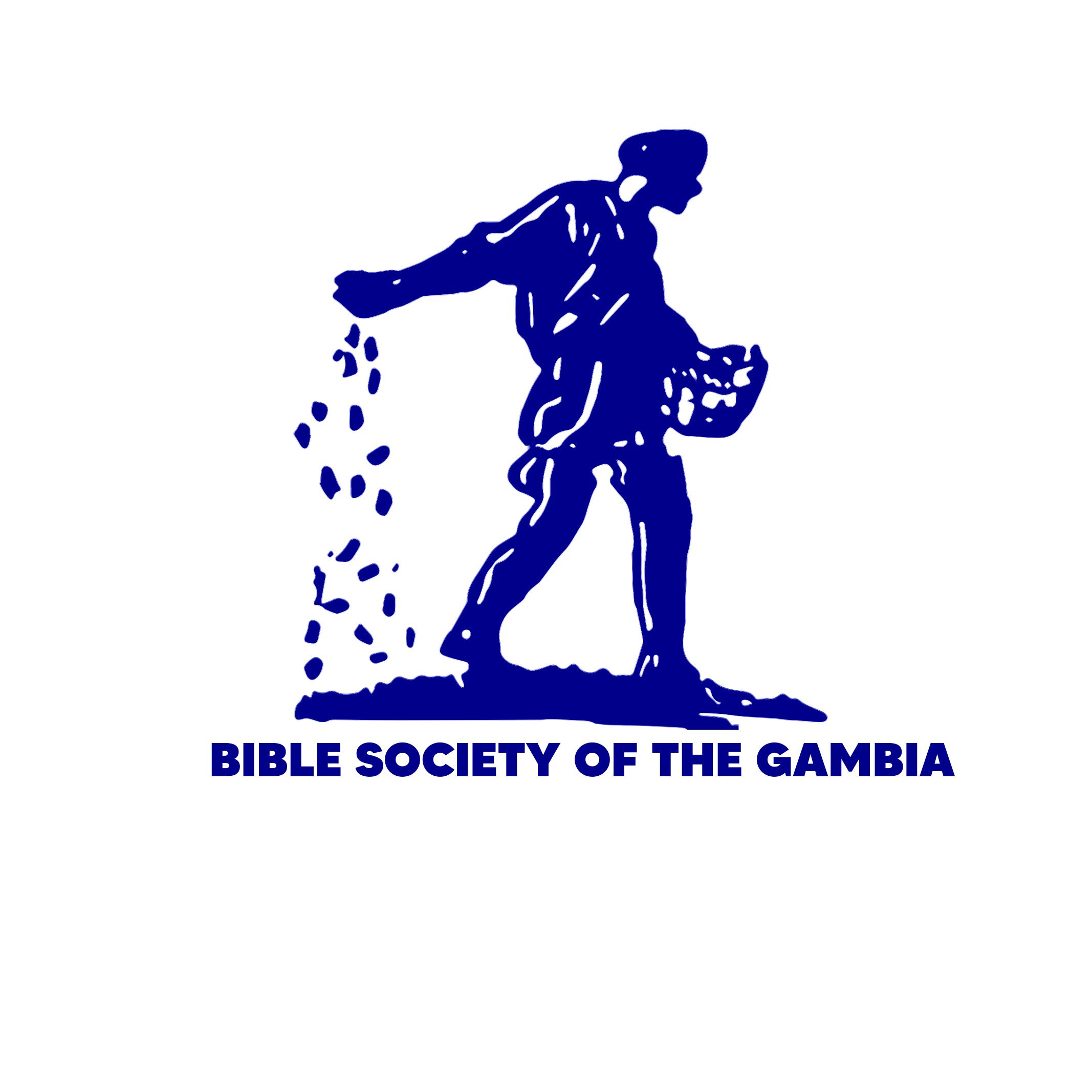The Laws about Married Women and Land
1 One day the family leaders from the Gilead clan of the Manasseh tribe went to Moses and the other family leaders of Israel 2 and said, “Sir, the Lord has said that he will show what land each tribe will receive as their own. And the Lord has commanded you to give the daughters of our relative Zelophehad the land that he would have received. 3 But if they marry men from other tribes of Israel, the land they receive will become part of that tribe's inheritance and will no longer belong to us. 4 Even when land is returned to its original owner in the Year of Celebration, we will not get back Zelophehad's land—it will belong to the tribe into which his daughters married.”
5 So Moses told the people that the Lord had said:
These men from the Manasseh tribe are right. 6 I will allow Zelophehad's daughters to marry anyone, as long as those men belong to one of the clans of the Manasseh tribe.
7 Tribal land must not be given to another tribe—it will remain the property of the tribe that received it. 8-9 In the future, any daughter who inherits land must marry someone from her own tribe. Israel's tribal land is never to be passed from one tribe to another.
10-11 Mahlah, Tirzah, Hoglah, Milcah, and Noah the daughters of Zelophehad obeyed the Lord and married their uncles' sons 12 and remained part of the Manasseh tribe. So their land stayed in their father's clan.
13 These are the laws that the Lord gave to Moses and the Israelites while they were camped in the lowlands of Moab across the Jordan River from Jericho.
Luwaa meŋ be looriŋ musoo la keetaa la kuwo to
1 Kileyadi koomalankoolu la kaabiila ñaatonkoolu, wolu le naata Musa kaŋ, aniŋ Banisirayila lasili ñaatonkoolu. Kileyadi mu Makiri dinkewo le ti, Makiri mu Manase dinkewo ti, Manase mu Yusufa dinkewo ti. 2 Ì ko Musa ye ko, “Yaawe* le ye ite, m̀ maarii yaamari ka bankoo dii keetaafeŋo ti Banisirayilankoolu la, ka bo niŋ alikuuroo* la, aduŋ ate Yaawe le fanaa ye i yaamari ka m̀ baadiŋo Selofehadi la keetaafeŋo dii a dimmusoolu la. 3 Bari niŋ ì futuuta lasili koteŋ ne ye Banisirayila, wo to ì la keetaafeŋo be bo la keetaakenoo le kono ŋà meŋ soto ǹ na moo foloolu bulu, a ye lafaa lasiloo ñiŋ na keetaafeŋo kaŋ ì be futuu la meŋ ye. Wo to ñiŋ keetaafeŋo be bo la keetaafeŋo le to ŋà meŋ soto niŋ alikuuroo la. 4 Seyindiri waatoo la, niŋ Banisirayilankoolu be feŋ seyindoo ke la, ñiŋ dimmusoolu la keetaakenoo be tu la lasiloo bulu le, ì be futuuriŋ meŋ ye. Wo to ì la kenoo be fili la ì lasiloo moolu ma le.”
5 Bituŋ Yaawe la yaamaroo kaŋ, Musa ye ñiŋ kaŋo dii Banisirayilankoolu la, a ko ì ye ko, “Yusufa koomalankoolu lasiloo moolu be meŋ fo kaŋ teŋ, tooñaa le mu. 6 Yaawe ye ñiŋ yaamaroo le dii Selofehadi dimmusoolu la kuwo to ko, ì si futuu noo moo-wo-moo ye ì lafita meŋ na, niŋ a ye a tara a maarii be ì faamaa lasiloo moolu le kono. 7 Banisirayila keetaafeŋo maŋ ñaŋ na bo la lasili doo to, a ye taa lasili doo to. Banisirayilankoolu bee la keetaakenoo ñanta tara la ì bulu le, ì ye meŋ keetaa lasiloo moolu bulu. 8 Dimmusu-wo-dimmusu niŋ a ye keetaakenoo soto ka bo lasili-wo-lasili to Banisirayila kono, a maarii si futuu a faamaa lasiloo kono kiliŋ ye, i si a je Banisirayilankoolu bee si tenteŋ ka ì la alifaa foloolu la keetaafeŋo soto. 9 Keetaafeŋo maŋ ñaŋ na bo la lasili doo to ka taa doo to. Banisirayila lasili-wo-lasili ye kenoo meŋ soto, a ñanta tu la a bulu le.”
10 Bituŋ Selofehadi dimmusoolu ye a ke, ko Yaawe ye Musa yaamari a la ñaameŋ. 11 Selofehadi dimmusoolu Maala, Tirisa, Hokila, Milika aniŋ Nowa, wolu futuuta ì faandiŋ diŋolu le ye. 12 Ì futuuta Manase, Yusufa dinkewo koomalanka kaabiila moolu le ye, bituŋ ì la keetaafeŋo tuta ì faamaa bota lasiloo meŋ kono.
13 Ñiŋ ne keta yaamaroolu niŋ kaŋolu ti, Yaawe ye mennu dii ka bo niŋ Musa la, ka taa Banisirayilankoolu kaŋ, Mowabi kene fanuŋo to, Yoridani Boloŋo daala, Yeriko be a ye boloŋo kara doo la.

